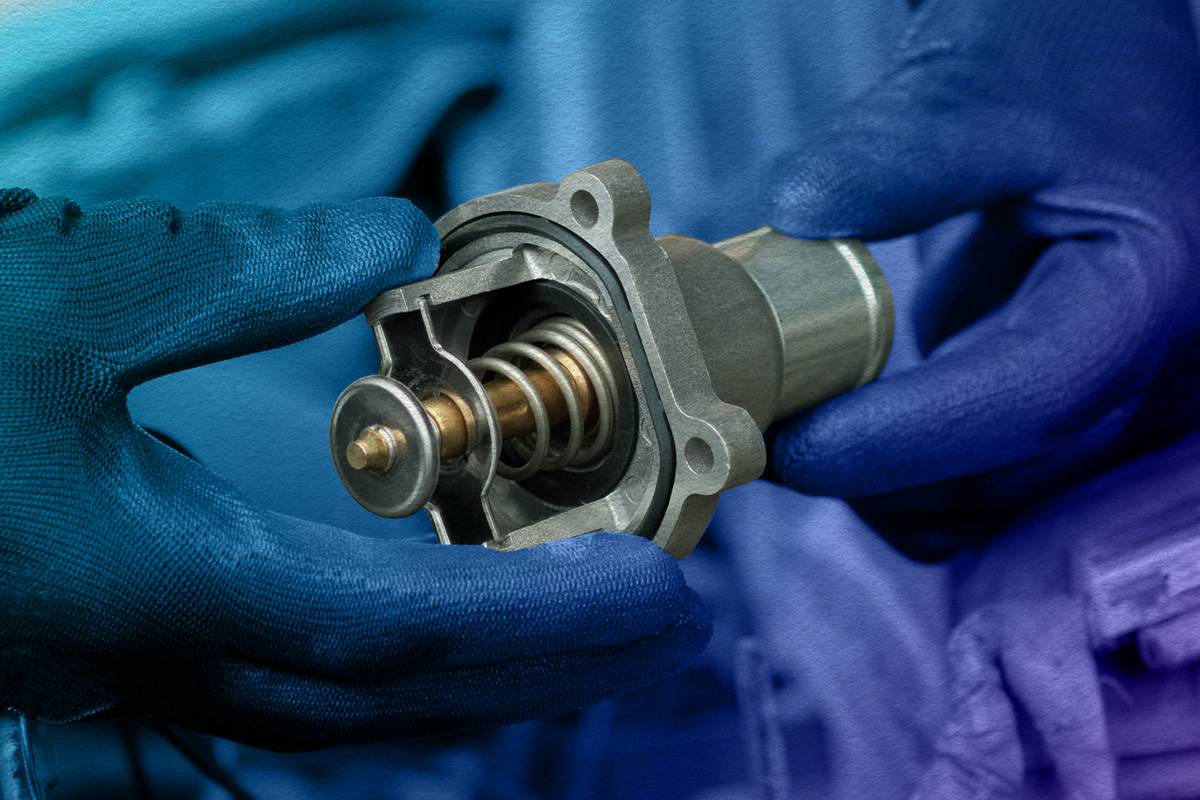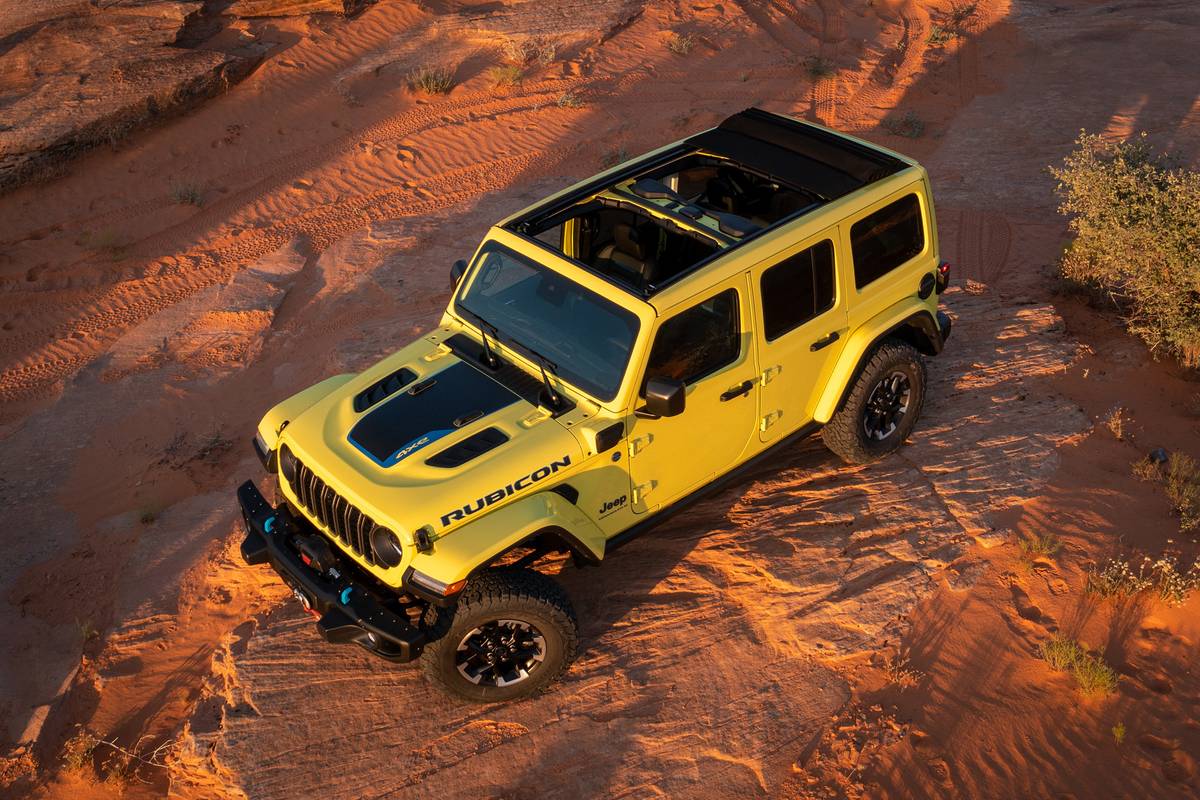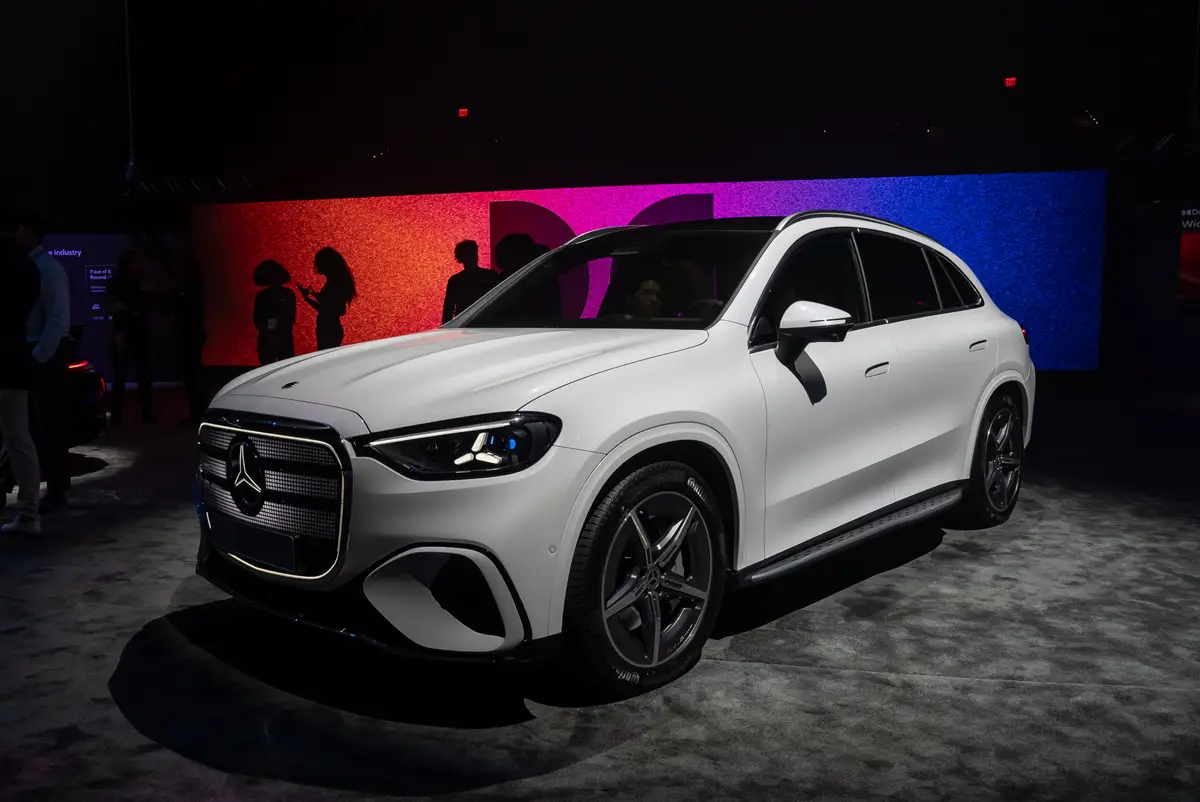IndyStar.com's view
Mazda Motor Corp. always has regarded motoring as somewhat of a sporting proposition, as borne out by its two-seater RX-7 model.
In keeping with this philosophy for the 1993 production run, the company has brought forth the 1993 MX-6 sports coupe. The automobile is a radical departure from the first generation of MX-6s introduced in 1987.
Featuring a contemporary look, two-plus-two (four-passenger) seating, two new dual-cam, four-valves-per-cylinder engines, and a revised suspension system, the front-drive coupe is designed to broaden market penetration by appealing to younger buyers.
Made in Michigan
The car is a domestic, built at Mazda’s Flat Rock, Mich., manufacturing plant. The styling was done at the company design studios in Irvine, Calif., and in Japan.
From the beginning, Mazda set out to create a coupe that was sporty, but not at the expense of comfort and economy. Designers strove to achieve this by giving the automobile some size while retaining its light weight.
The coupe has a 102.8-inch wheelbase. It is 181.5 inches in overall length, which is within striking distance of the Chrysler LeBaron four-door sedan (182.7 inches). Curb weights range from 2,600 pounds for an MX-6 with a five-speed manual gearbox to 2,780 pounds for an upscale LS model with a four-speed automatic.
That’s a little bit heavier than the predecessor two-door. But the new coupe is longer by 4.5 inches and has a lower coefficient of drag.
“It seems to be as close to a luxury sports coupe as anything I’ve been in,” said Duke Gold, president of Speedway Mazda-Volkswagen. “It gives the comfort of a (Mazda) 929 and the sporty cockpit of an RX-7. It really is a perfect blend.”
Has slanted nose
Aerodynamics was the name of the game when laying out this machine, so it was given a slanted nose, sharply raked windshield, and integrated rear paneling that assures continuity of air flow from front to rear.
A compact in-line four- cylinder and a V-6 allowed designers to give the car a low hoodline. And this in turn permitted a low cowl for improved visibility.
Even though the new coupe also is wider than its predecessor, the coefficient of drag has been reduced to 0.31.
It’s OK to have a slick-looking automobile, but it also has to go. The car does this via a 2.0-liter 16-valve four-cylinder and a 2.5-liter 24-valve V-6, the latter in the LS.
Engines powerful
By virtue of dual overhead cams and four valves per cylinder, the 2.0-liter engine at 118 horsepower is more powerful than the 16-valve 2.2-liter four- cylinder in the predecessor MK-6. But it is the 24-valve V-6 that really is interesting.
At 164 horsepower in normally aspirated (non-turbocharged) form, it is more powerful than the 145 horsepower turbo 2.2 that was in the predecessor MX-6 GT model.
“Most of these first cars are V-6s,” Gold said. “But in the next 30 days we’ll begin getting more fours. I think the (sales) split is going to be about 50-50.
“We still have a lot of customers that want the fuel economy of a four-cylinder.”
The adage in the automobile business is that if you have the horses you have to feed them. There obviously is a difference between the consumption of the new 16-valve four and the 24-valve V-6. But for the performance devotees, it’s not going to represent any big deal.
In five-speed manual form, the mileage for the 2.0-liter four is 26 miles per gallon city cycle and 34 mpg on the highway. For a five-speed V-6, it’s 21 mpg in the city and 26 mpg on the highway.
Going to a four-speed automatic, the 2.0-liter produces 23/31 city/highway, and the V-6 19/25.
“For the people who say ‘I’ll sacrifice a little mileage for performance,’ ” Gold said, “you still get pretty decent mileage with the V-6.”
Appeals to men
Buyer studies by Mazda indicate that 54 percent of the purchasers will be male, and that the automatic transmission willhave a strong appeal to women. MX-6 sales are projected to run from 15 percent to 20 percent of the Mazda dealership product mix.
“I would not be surprised if we doubled our sales from past MX-6s,” said Ron Vanags, Speedway’s general sales manager.
One of the technical factors aimed at drawing more mature buyers is the comfort quotient created by a redesigned suspension system.
Taking advantage of an increase in the coupe’s body rigidity, Mazda engineers redesigned the front suspension geometry and the company’s patented Twin Trapezoidal Link rear suspension.
The body structure’s resistance to bending has been increased 40 percent, and torsional rigidity has been increased 20 percent. This coupled with moving the V-6 farther to the rear for improved weight distribution has resulted in improved ride quality, increased straight-line stability, and a dramatic reduction in noise and vibration.
“It accelerates so smoothly,” Gold said, “it’s hard to judge how fast you’re going without looking at the instruments.”
Pricing of the four-cylinder MX-6 lies just a bit under midrange relative to the sports car contingent as a whole. With air as standard, it’s $15,550. The LS V-6 runs another $2,275.
The extra money also brings alloy wheels, fog lamps, a leather-wrapped steering wheel, and an anti-theft alarm. But most important, it brings a power-to-weight ratio with the five-speed of one horsepower for every 16.4 pounds of weight. And that’s a formula for going fast.
Latest news



